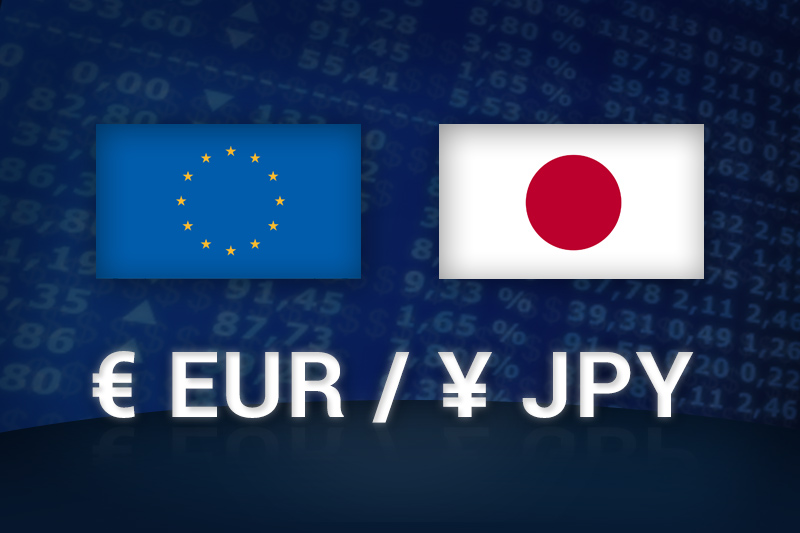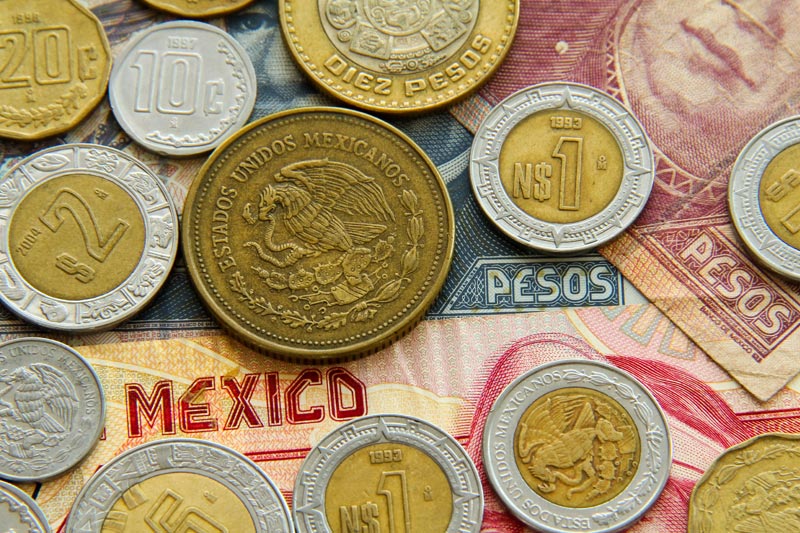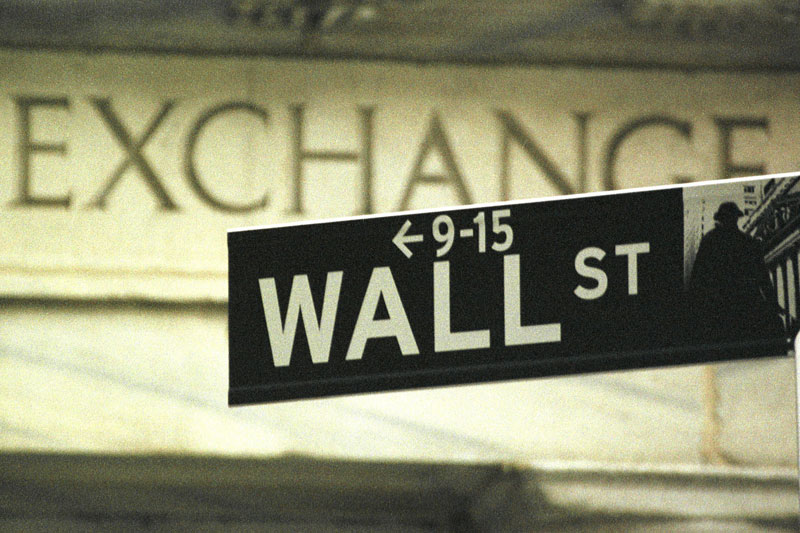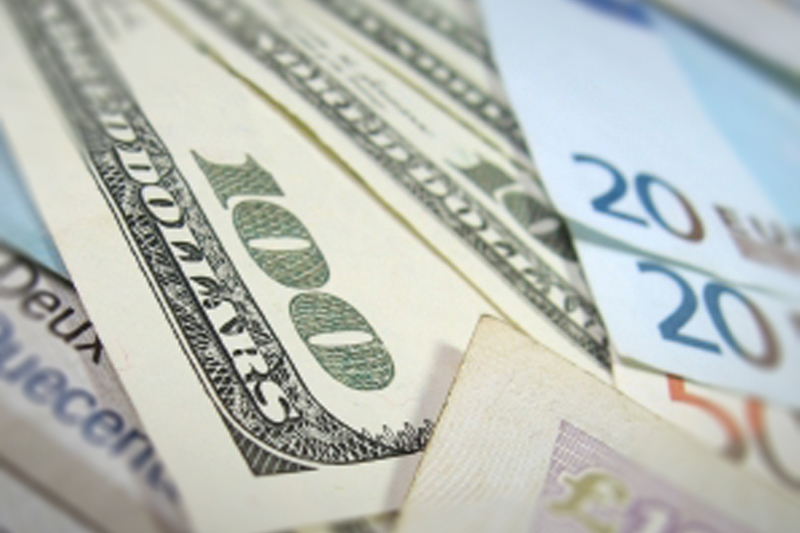Option_Banque
Established member
- Messages
- 985
- Likes
- 1
EUR/USD Records The Biggest Rally In Over Six Years

The euro enjoyed its strongest one-day move against the dollar in more than six years erasing all of its losses from last month’s swoon, as the European Central Bank sent an early Christmas gift to the single currency with a shocking monetary policy decision on Thursday.
In a widely unexpected move, the ECB’s governing council left several key interest rates unchanged and opted not to increase the pace of its €60 billion a month quantitative easing program as many expected heading into the closely-watched meeting. Instead, ECB president Mario Draghi unveiled only modest changes to the bond buying program, including a plan to extend it by six months through March, 2017.
Hours later, Federal Reserve chair Janet Yellen pushed the dollar down even further with hawkish comments at a Congressional hearing on the increasing likelihood that the U.S. central bank will raise short-term interest rates when it meets again in the middle of the month. As a result, the dollar tumbled more than 3% against the euro – its worst one-day fall since March, 2009.
EUR/USD traded in a broad range between 1.0525 and 1.0980 before settling at 1.0936, up 3.08% on the session. Last month, the euro tumbled more than 4.25% against its American counterpart to near eight-month lows, amid strong signals of forthcoming divergence between the major central banks. The dollar’s rally prompted some Wall Street analysts to forecast euro-dollar parity as early as the winter of 2016, the first in more than 10 years. The euro, though, rebounded on Thursday to reach its highest level against the greenback since early-November, days before a robust U.S. jobs report bolstered the chances of a rate hike by the Fed for the first time in nearly a decade.
In testimony before the Joint Economic Committee on Capitol Hill, Yellen said the economy needs to add fewer than 100,000 jobs a month to absorb the losses of those who fell out of the labor market in recent years. In November’s U.S. employment report, which will be released by the Department of Labor on Friday morning, analysts expect the unemployment rate to hold steady at 5.0% and expect to see solid job gains of 190,000. For the year, nonfarm payrolls have increased on average by more than 200,000 a month. While speaking at a luncheon at the Economic Club of Washington on Wednesday, Yellen said the labor market has met the Fed’s expectations with its steady progress since the U.S. central bank last met in October.

The euro enjoyed its strongest one-day move against the dollar in more than six years erasing all of its losses from last month’s swoon, as the European Central Bank sent an early Christmas gift to the single currency with a shocking monetary policy decision on Thursday.
In a widely unexpected move, the ECB’s governing council left several key interest rates unchanged and opted not to increase the pace of its €60 billion a month quantitative easing program as many expected heading into the closely-watched meeting. Instead, ECB president Mario Draghi unveiled only modest changes to the bond buying program, including a plan to extend it by six months through March, 2017.
Hours later, Federal Reserve chair Janet Yellen pushed the dollar down even further with hawkish comments at a Congressional hearing on the increasing likelihood that the U.S. central bank will raise short-term interest rates when it meets again in the middle of the month. As a result, the dollar tumbled more than 3% against the euro – its worst one-day fall since March, 2009.
EUR/USD traded in a broad range between 1.0525 and 1.0980 before settling at 1.0936, up 3.08% on the session. Last month, the euro tumbled more than 4.25% against its American counterpart to near eight-month lows, amid strong signals of forthcoming divergence between the major central banks. The dollar’s rally prompted some Wall Street analysts to forecast euro-dollar parity as early as the winter of 2016, the first in more than 10 years. The euro, though, rebounded on Thursday to reach its highest level against the greenback since early-November, days before a robust U.S. jobs report bolstered the chances of a rate hike by the Fed for the first time in nearly a decade.
In testimony before the Joint Economic Committee on Capitol Hill, Yellen said the economy needs to add fewer than 100,000 jobs a month to absorb the losses of those who fell out of the labor market in recent years. In November’s U.S. employment report, which will be released by the Department of Labor on Friday morning, analysts expect the unemployment rate to hold steady at 5.0% and expect to see solid job gains of 190,000. For the year, nonfarm payrolls have increased on average by more than 200,000 a month. While speaking at a luncheon at the Economic Club of Washington on Wednesday, Yellen said the labor market has met the Fed’s expectations with its steady progress since the U.S. central bank last met in October.
















